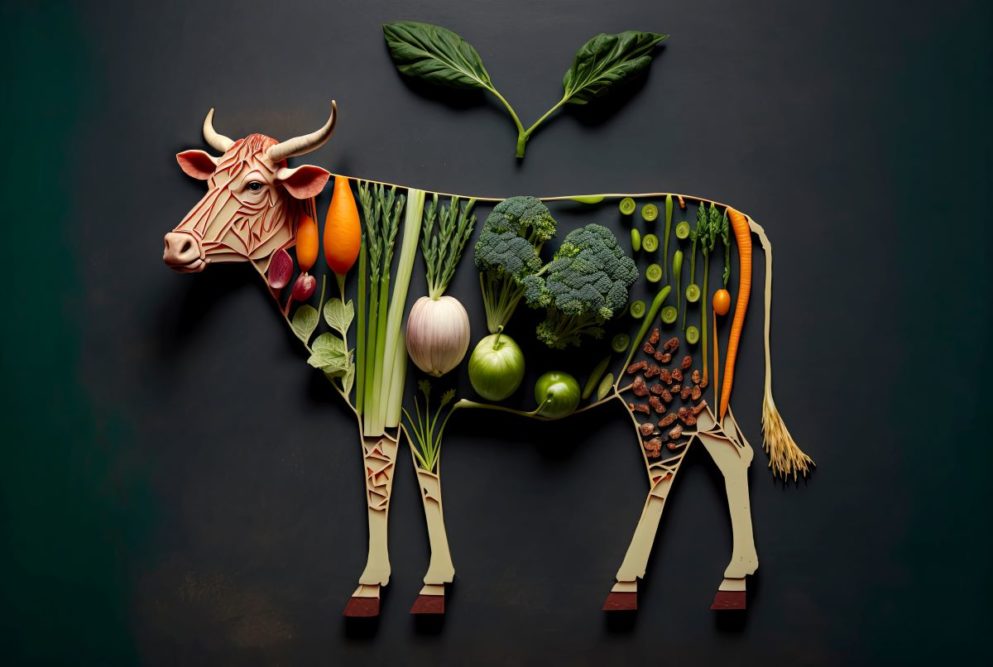CHICAGO — ADM has identified four factors the company sees driving expansion of the alternative protein ecosystem, including a next wave of production advancements, consumer adoption, bridging the gap to better nutrition, and achieving accessibility with a tailored approach.
“The way we identified those four factors was a convergence of three parts. One is our global and food trends as we think about food security, nutrition, wellbeing, health and sustainability becoming a big part of the world,” said Leticia Gonçalves, president global foods, ADM. “Second is our continuation of understanding of what consumer needs are today and (in) the future, and the third is understanding what’s possible from technology and innovation.”
Several new production technologies are progressing toward scale, including cultivated meat, biomass fermentation, precision fermentation and animal-free dairy. By anticipating the next wave of advancements ADM’s study states consumers are increasingly more curious and open to trying different protein options without placing as much importance on the protein source itself as they have in the past.
When asked about interest in more novel or next-generation science and technological advances, global plant consumers are most interested in trying plant-based products with novel ingredients or hybrid sources, followed by fermentation-derived sources. Ms. Gonçalves said among the trends, this surprised her the most.
“Consumers are willing to entertain plant-based and animal-based products as hybrid protein sources; they are embracing those new technologies coming into their food,” she said.
When asked about their awareness of novel sources and technologies of alternative protein development, consumers reported knowing a little bit about the sources, or they have heard of them, but they don’t know much. Fifty-seven percent knew about cultivated meat, 43% knew about biomass fermentation, 42% knew about precision fermentation, and 40% knew about animal-free dairy.
Ensuring consumer adoption will require addressing taste, texture, and nutrition by merging what consumers want and communicating effectively to encourage the adoption of protein alternatives or hybrids.
ADM said 73% of plant consumers – defined as flexitarians, vegetarians, or vegans – believe taste and nutrition are equally important, reflecting an increase in the significance of the attributes over the last three years.
Bridging the gap to better nutrition means innovating to support dietary diversity improvements to nutrition and increasing demands for specific wellness support.
When asked about their preferences for future alternative protein innovations, 44% of plant consumers expressed a desire for plant-based products with an enhanced nutritional profile, which has seen increased consumer interest since 2020.
Food diversity also may be a key indicator of diet quality, according to the study. Nearly 60% of US consumers agree scientific and technological innovation may make food healthier, which is up eight points from 2019.
“US consumers are becoming more aware of new technologies in food that can make a transformation and meet their needs of today by connecting food, health and sustainability,” Ms. Gonçalves said. “There is also industry support between public and private governmental institutions working to bring more awareness of the future of food and how innovation science can bring new technologies.”
Forty-three percent of consumers believe it is healthier to get protein from a variety of protein sources and 43% of consumers believe eating more plant-based options will help improve overall health.
“Alternative proteins are ripe with opportunity to provide nutrient density and diversified diets,” Ms. Gonçalves said. “We see consumers wanting added protein as well as support for digestion and weight management. The source of protein can help with that.”
Solving consumer accessibility means focusing more on regional nuances and sustainable solutions to solve global food system challenges.
Fifty-six percent of global consumers agree they are willing to drastically change their lifestyle to live in a more environmentally friendly fashion, according to ADM. Sixty-three of global consumers look for products from companies that support farmers and local communities. Globally, 75% of consumers are willing to pay extra for food and drink products with a shortened supply chain.
“There’s core beliefs of how we solve the bigger problem for feeding a growing population and not only giving people quantity, but also quality,” Ms. Gonçalves said. “Consumers want to eat well and have the profile of health benefits, so all of that is making consumers more open to more scientific innovation.”




